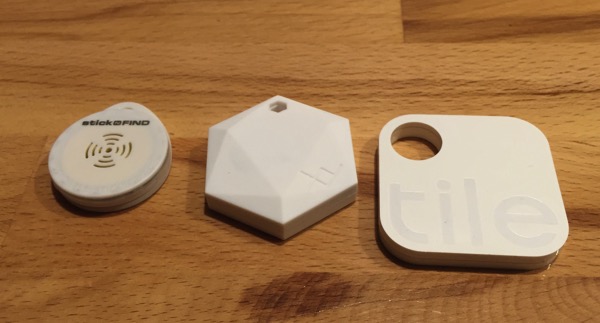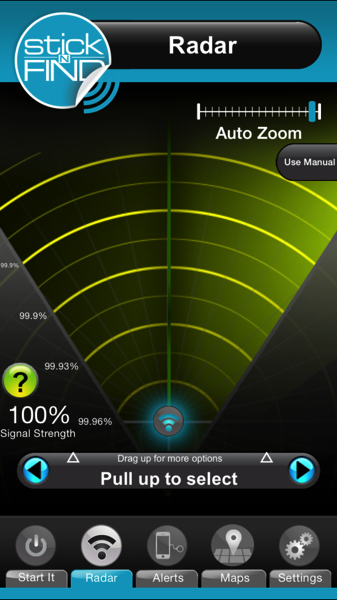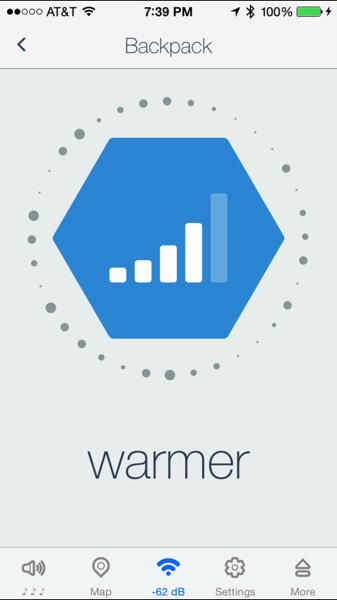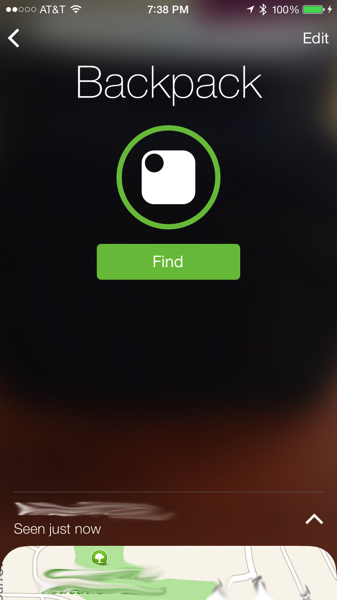For years, I’ve been looking for the best way for my wife and me to watch TV. We haven’t had cable TV in years, so up until about 2 years ago, we strictly watched what I recorded on my Mac Mini using El Gato’s EyeTV. I switched to using the HDHomeRun instead of the EyeTV tuners and things have been running flawlessly. One day my wife mentioned trying Netflix and we tried it out on my Nintendo Wii. While it worked OK, the quality wasn’t great and the user interface was kind of weird because of the WiiMote controller.
At that time, I decided to get an Apple TV (2nd generation of the small box). It worked quite well for Netflix and managed to setup some scripts to export all the TV content we recorded into iTunes and then use the Apple TV to play it. The system worked and I had no complaints. Almost another year went by and when we moved into our new house, we got a new Vizio 50″ TV. Since we already had Amazon Prime, I thought I would check out some of the Amazon Prime Videos available using the Vizio TV. The interface on the TV for Amazon was so poor, it was practically unusable.
I had heard good things about the Roku, so I decided to give it a shot. It handled Netflix and Amazon Prime. In addition, there was a Plex app for the Roku. Even though I had played with Plex in the past, I wasn’t all that familiar with it. I installed the server software on my Mac Mini, tweaked my scripts that exported the EyeTV shows to the Apple TV and had the shows exported to Plex.
So now I had Netflix, Amazon Prime, as well as my TV shows working on the Roku. Everything worked well and is pretty easy to use.
Why mess with something that works? Well, a friend of mine had an Amazon Fire TV and said he liked it. I’ve read mixed things about it and didn’t have a need to get one. About a week ago, one showed up at my door with a game controller, so what did I have to lose?
The Fire TV is a bit different than the Roku and with Plex installed on the Fire TV, I should be able to get the same content I already had. After a week playing with the Fire TV, I have to say that it has potential. The Plex app, however, needs a bit of work. It is an Android app with few customizations other than working with the game controller and remote. In particular, the Plex server generates media index files which lets me see thumbnails while I’m fast forwarding so I can also stop the forwarding when the show starts.
Unlike the other boxes, the Fire TV runs Android and has a pretty wide selection of apps, including games available for it. I’ve used some Amazon credit to purchase some games and have downloaded a few free ones. While I’m not a hardcore gamer, I’ve been pretty impressed with the gaming ability of the TV. I’ve already wasted a ton of time playing games, so it must say something about the box! The game controller works well not only for games, but also for navigating the menus; the joystick makes it quite easy to quickly move around.
As much as I wanted the Fire TV to replace my Apple TV and Roku, it doesn’t quite do that. It could almost replace the Roku if Plex worked better; Plex for Android was designed for a mobile device and as I wrote earlier, hasn’t really been updated for the Fire TV. I am using my Fire TV for Amazon Prime, Netflix, and gaming. The Apple TV has 1 feature that neither of the other 2 has and that is AirPlay for the times when I want to throw my iPad or iPhone’s screen up on a big display.




